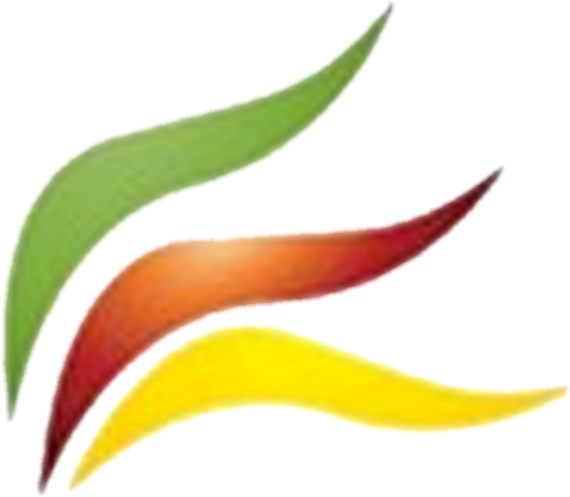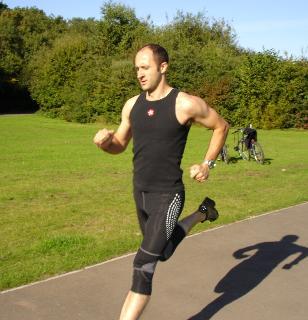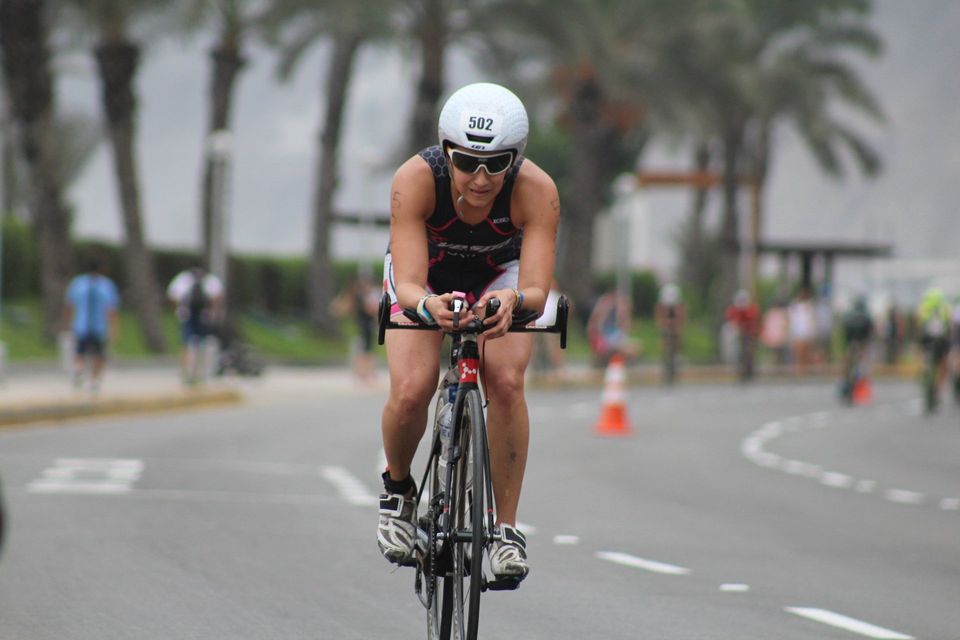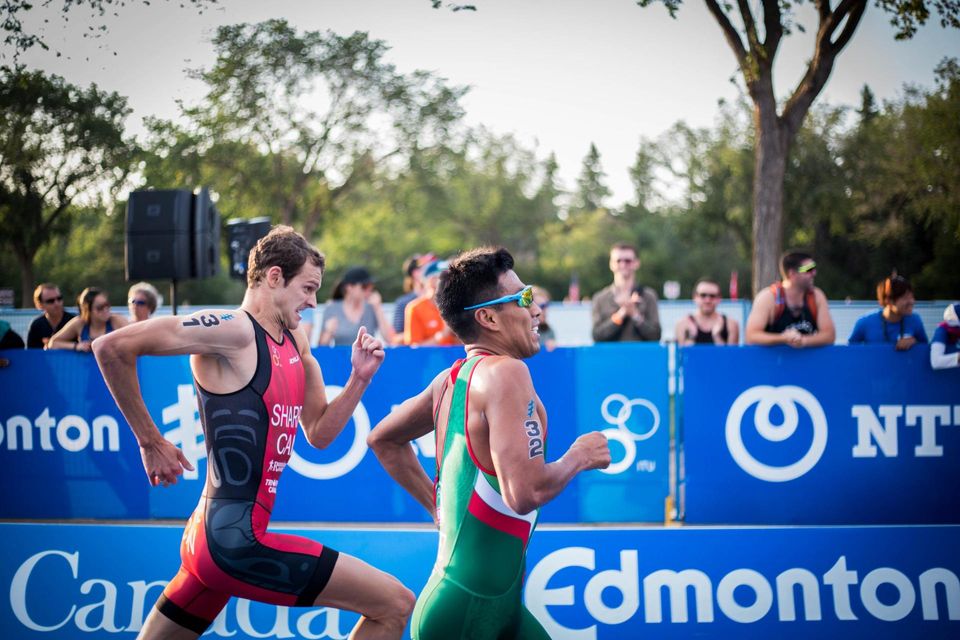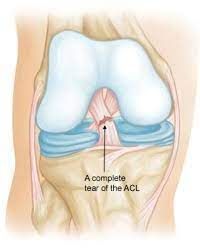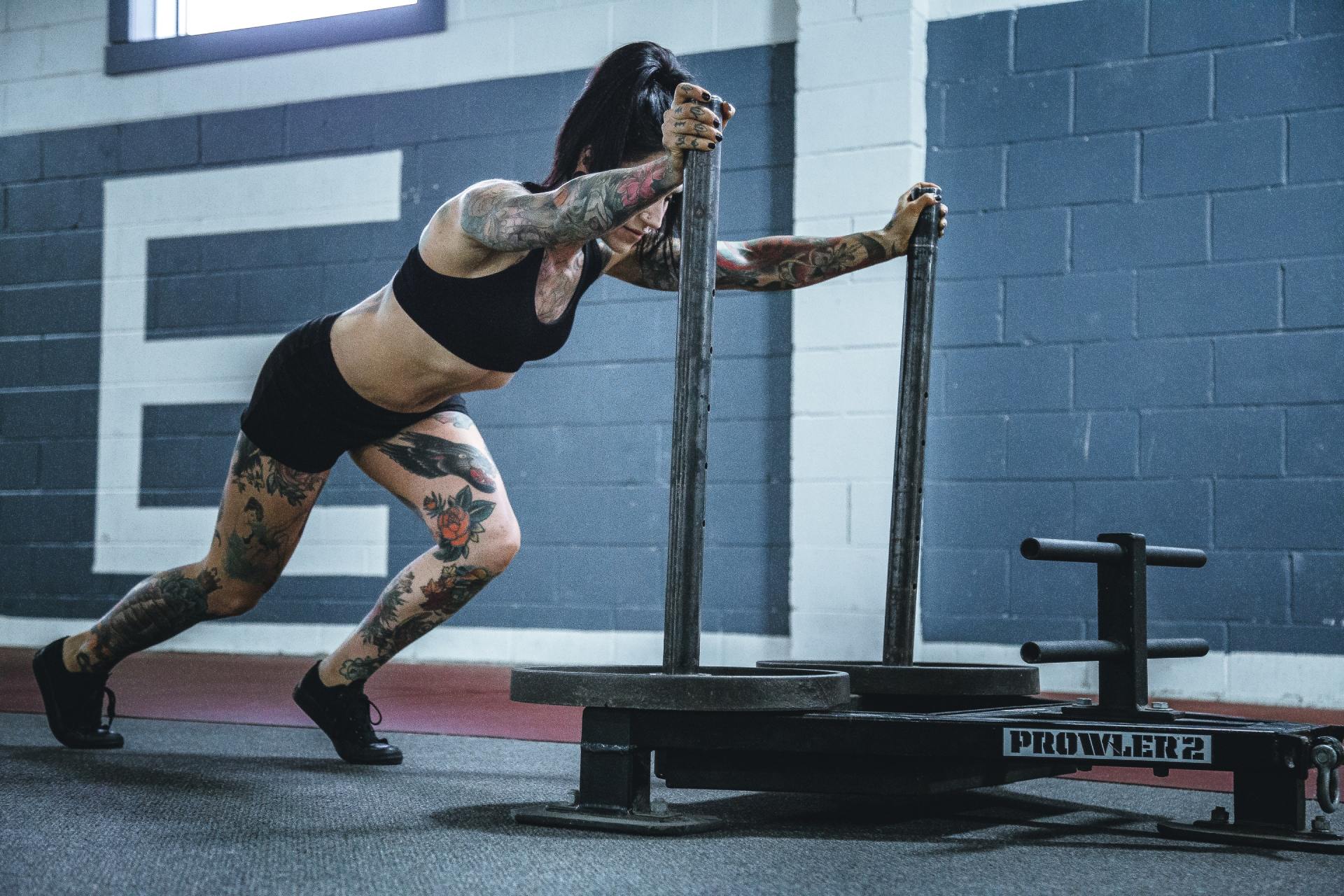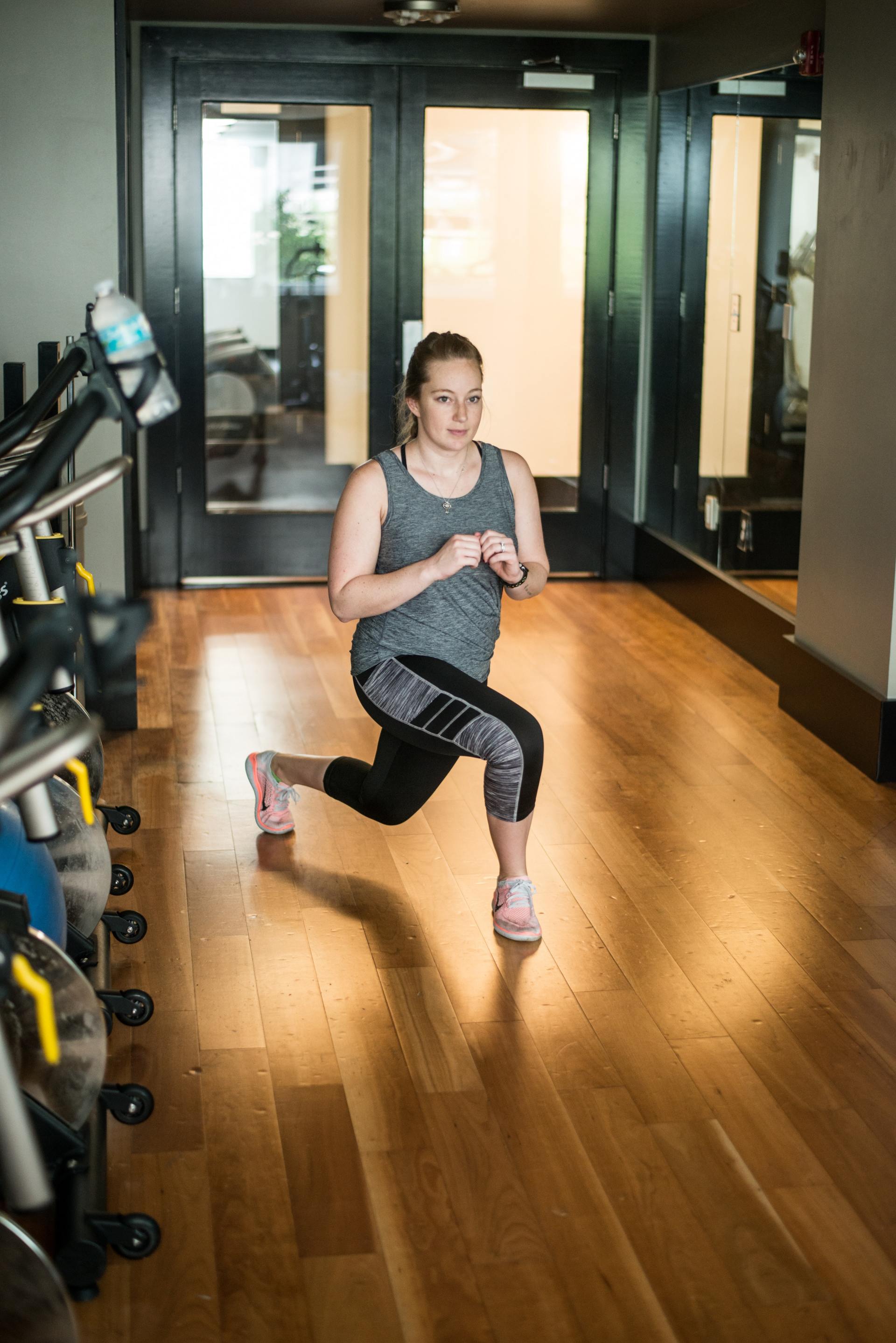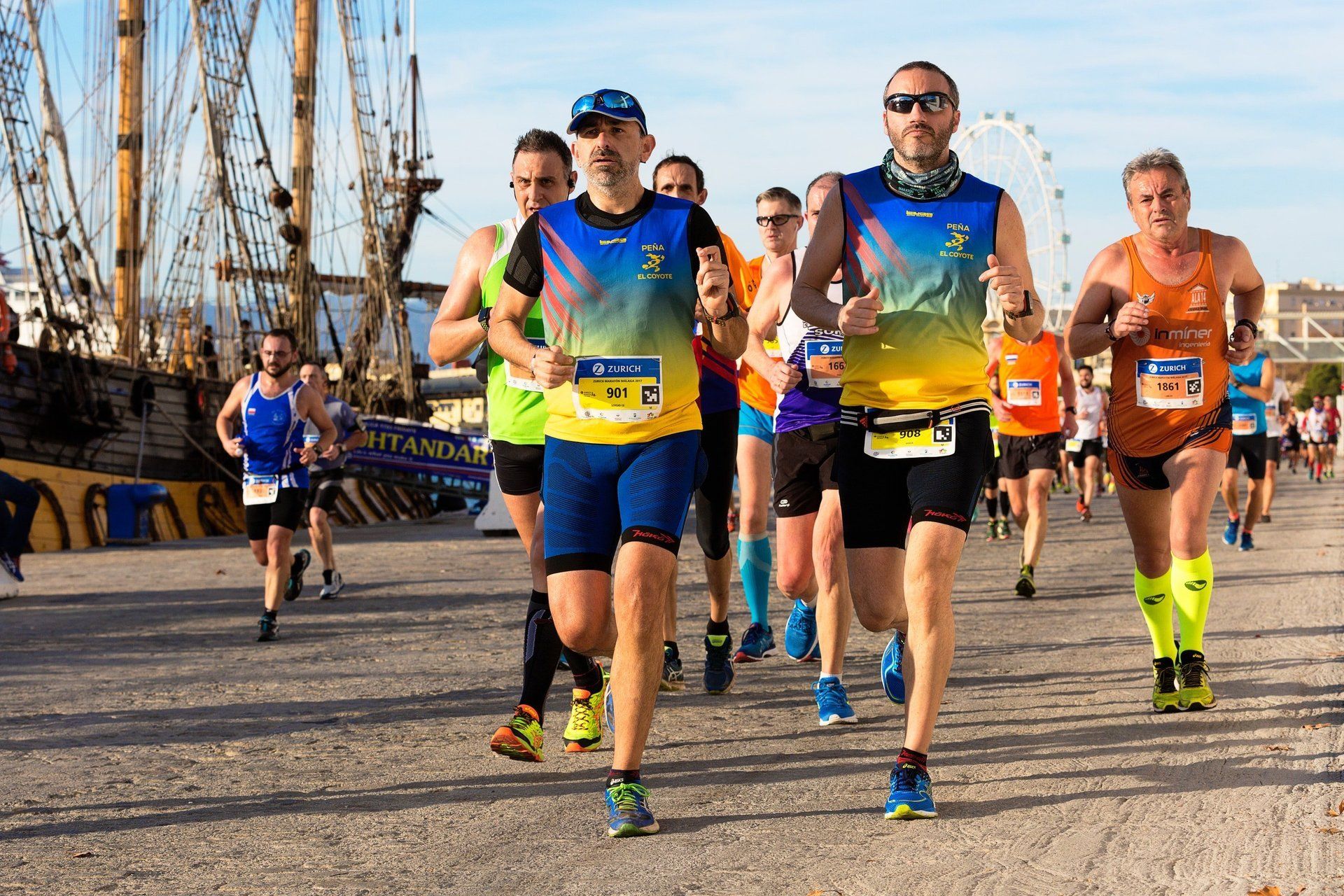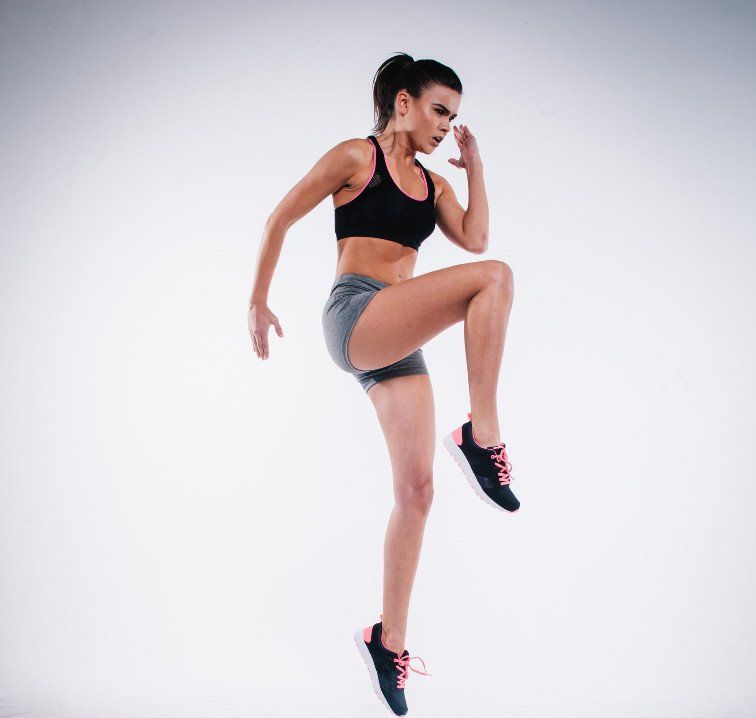Conditioning for Increased Speed in Triathlon
Triathletes tend to over-train, ignore physical pain and over prioritize aerobic training over gym work.
In my experience, triathletes tend to be self-disciplined, highly
motivated and intelligent. They pay very close attention to detail and
are very good at planning, many of these traits are required to prepare
and adhere to a grueling training regime. Most triathletes are very
knowledgeable in increasing aerobic and anaerobic endurance. However,
experience has shown that most triathletes tend to over-train
, ignore physical pain and over prioritize aerobic training over gym work.
There's
no doubt that the longer the event, the more challenging it becomes to
schedule strength training into the training plan. This is especially
challenging when moving up from Olympic distance to half Ironman or half
Ironman to Ironman, as it requires a large increase in training volume
and therefore time.
However, a correctly periodized program should include a progression of
base conditioning, strength and power training while also combining
regular sports massage to help with fatigue just like for any other
sport.
Mel Siff suggests that the energy requirement for marathon
running is 95% from the long-term energy (aerobic) system and 5% from
the intermediate energy (lactate) system. 1 This indicates that the
majority of triathlon training should be based on aerobic capacity and
the ability to use fat as the major source of energy. While this is very
true, the role of strength, power and the stretch-shortening cycle
(SSC) should not be underestimated.
An increase in strength for
the triathlete will reduce the relative effort required for each stroke
in the pool, revolution of the pedal and stride on the road. For
instance, if two triathletes weigh 65kg and one has a split squat 1RM of
60kg and the other has a 1RM of 100kg, clearly the relative effort
required to cycle uphill will be much higher for the athlete with the
60kg 1RM.
The same would also be true for power and the SSC. Many studies have
indicated conservation of energy with increased SSC mechanics.
The
SSC is the loading of a muscle eccentrically followed by a rapid
concentric contraction. An example would be the calves stretching during
the heel-strike phase of running and then contracting during the
toe-off phase.
The elastic quality of muscle means it stores
energy in the tissues during the eccentric phase, just like when you
stretch an elastic band. The subsequent concentric contraction uses the
stored energy to contract more forcibly than it would without the prior
stretch.
The stretch reflex of a muscle is activated when a
muscle is lengthened very quickly. Upon activation of a rapid stretch,
the muscle spindles send an afferent nerve impulse to the spinal cord,
which then sends an efferent impulse back to the muscle to contract to
prevent over-stretching and tearing. This impulse, along with the
release of elastic energy as kinetic energy, produces the increased
force production in the SSC.
The conversion from eccentric to
concentric, the amortization phase, lasts just a few hundredths of a
second. The shorter the amortization phase, the greater the force
production and the more power advantage gained via the SSC.
Conclusion
It is therefore suggested that, during the pre-season and in-season phases, power and plyometric training is included for triathletes. This type of training must be preceded with adequate phases of strength training (minimum one to two years) to reap maximum benefit and reduce the likelihood of injury.
Technique should always be the main priority during plyometric training and intensity should only be increased to a level where the athlete can maintain perfect form. Due to the high volume of training for triathlon, plyometric training should be limited to one or two 20- to 45-minute sessions per week and 60-250 foot contacts per session. Rest periods should be three to five minutes in duration to allow full neurological recovery.
A well-designed periodized strength and conditioning program to run alongside your triathlon training and regular sports massage treatment
will enable a triathlete to improve strength, power and energy efficiency, which will ultimately improve their performance.
Hiring a coach that has the ability to analyze your performance during training and competition is probably the best advantage to your triathlon sport, a cycle coach, run coach and swim coach will be able to plan and deliver the right level of intensity and recovery so your performance will be at optimum when competition time comes round.
Richard Watson
Sports Therapist

